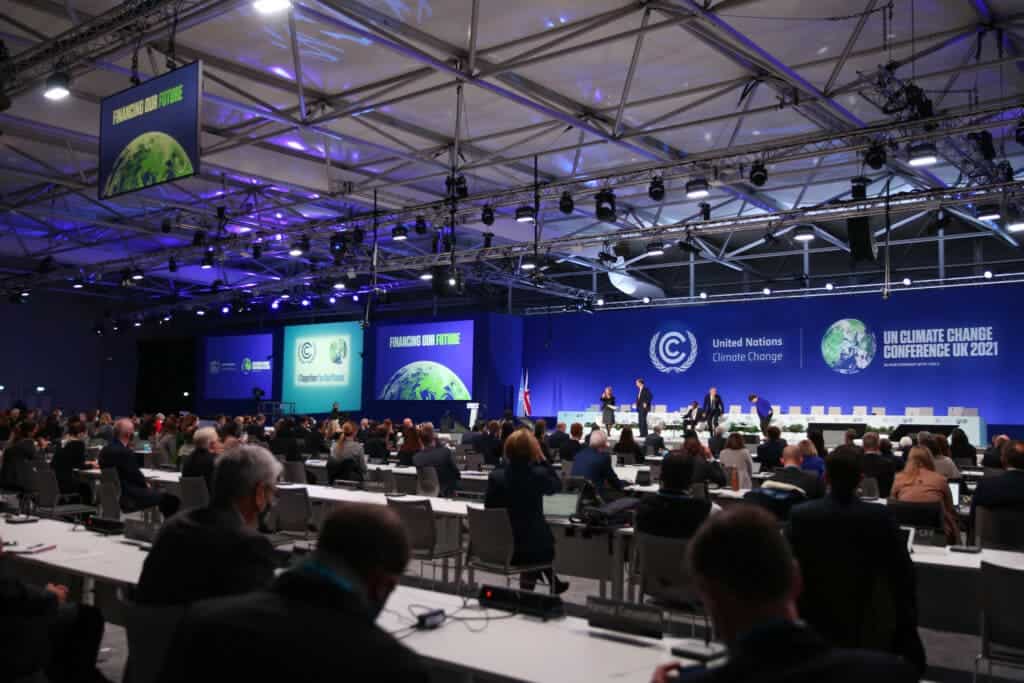A group of 28 countries joined an international alliance to phase out coal, the dirtiest energy source (it accounts for a third of the energy consumed worldwide). While the announcement made at the COP26 climate summit in Glasgow is encouraging, China, India, and the US, the main burners of coal, have decided not to sign up yet.

With the new pledges, the Powering Past Coal Alliance (PPCA) has now been signed by a total of 48 governments. Among the new members, Poland is one of the main consumers of coal in Europe, while Singapore is the first Asian country to join the alliance. Other signatory countries include Chile, Estonia, South Korea, and Canada.
The PPCA works to “advance the transition from unabated coal power generation to clean energy” and phase out coal by 2030, according to its website. It not only includes national governments among its members but also local ones and financial institutions such as HSBC, Vancity, and Fidelity International, which also became new members.
For the UK, the COP26 President, the expansion of the alliance was seen as a sign that the end of coal could soon be achieved. Kwasi Kwarteng, the UK’s business secretary, said that the announcement “marks a milestone moment” as countries tackle climate change. “The commitments demonstrate that the end of coal is in sight,” he said in a statement.
But climate campaigners weren’t that much excited. Jamie Peters, director of campaigns at Friends of the Earth, questioned the fact that countries are allowed to continue using coal energy as normal until 2030. He said there’s a big gap between what the UK government is saying and what’s actually being done by countries at COP.
Furthermore, it’s doubtful that all countries will actually try to phase out coal within the decade and keep their pledge. Poland, for instance, gets around 80% of its energy from coal and recently decided to keep a coal mine open despite a €500,000-a-day fine.
China, the world’s largest coal consumer, is also not present at the table. Coal accounted for 56% of energy generation last year in China and the government is still building new coal plants. Still, some positive signals recently emerged, as China decided to stop funding coal plants abroad and agreed to decarbonize its economy. The US and India have also declined to join this initiative.
While progress might be slow, there have been some positive signs. A report earlier this year found that a total of 1,175GW of planned coal-fired power projects were canceled since 2015 — mainly due to pressure from civil society, government policies, and market trends. This essentially halved the expansion of coal.
Energy day at COP26
While the announcements on coal took most headlines, it wasn’t the only big thing at COP26. Four major economies also agreed to stop supporting fossil fuel projects internationally. Canada, the US, Italy, and the UK promised not to finance any new coal, oil, and natural gas projects in other countries by the end of next year.
The pledge was seen by campaigners as a historic breakthrough that wouldn’t have been possible a few years ago. Laure van der Burg, campaigner at Oil Change International, said that the countries are doing what’s most logical in a climate emergency, “stop adding fuel to the fire and shift dirty finance to climate action.”
Developed countries support fossil fuel projects abroad that they expect to benefit their economies. A study by Oil Change International showed that in the 2018-2020 period Canada was the main financer of foreign fossil fuels in the G20 group. Canada also joined today’s pledge, but big countries were missing as China and Australia.









